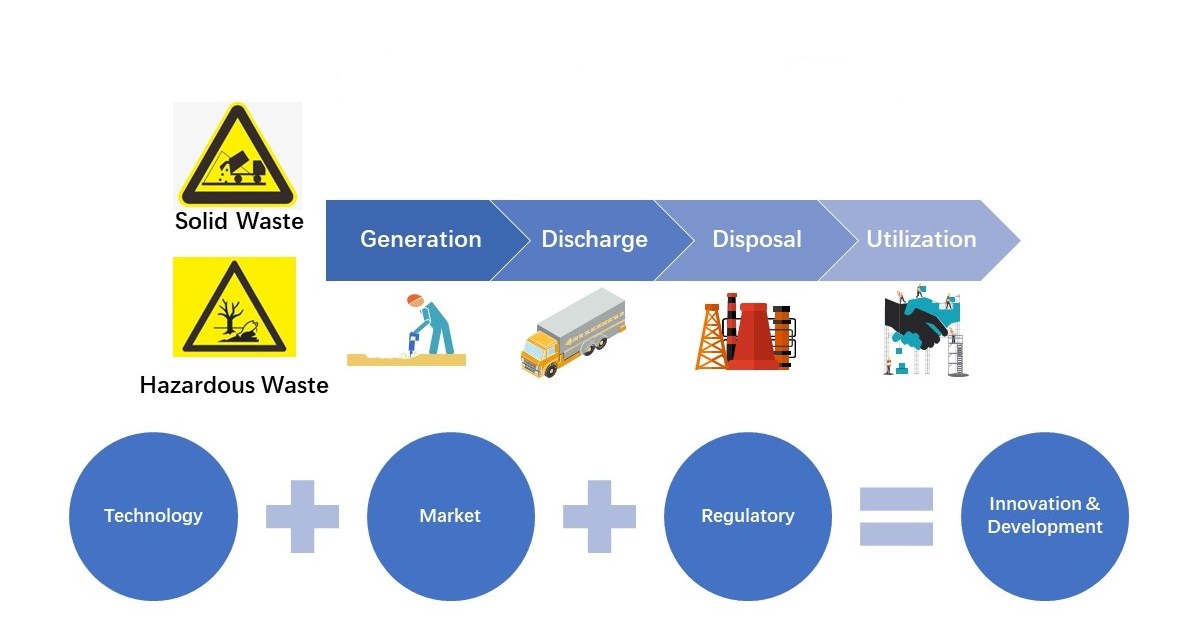Solid and Hazardous Waste Disposal and Resource Utilization
A special issue of Processes (ISSN 2227-9717). This special issue belongs to the section "Sustainable Processes".
Deadline for manuscript submissions: 30 June 2024 | Viewed by 3343

Special Issue Editors
Interests: medical waste; mercury waste; waste lead battery; hazardous waste
Interests: medical waste; mercury waste; waste lead battery; hazardous waste
Special Issue Information
Dear Colleagues,
This Special Issue will focus on the characteristics of pollutant generation and discharge in the process of solid waste/hazardous waste generation, discharge, disposal and resource utilization; focus on the latest progress in solid waste/hazardous waste harmlessness, reduction and recycling technology, energy conservation and environmental protection; will focus on the innovation and development of a solid waste/hazardous waste system, technical system, market system and regulatory system; and exchange the latest innovative technologies and management practices applied in this field worldwide.
The scope of this Special Issue includes, but is not limited to, the following:
- Research on the application of non-thermal plasma and environment-friendly functional material coupling technology in the field of solid waste/hazardous waste thermal treatment and the utilization process;
- Research on solid waste/hazardous waste disposal, resource utilization and secondary pollution control process technology and industrialization.
- Research on technologies and management methods related to pollution reduction, carbon reduction and synergistic efficiency in the enterprises, industry and industrial realms.
Dr. Yang Chen
Dr. Qinzhong Feng
Dr. Liyuan Liu
Guest Editors
Manuscript Submission Information
Manuscripts should be submitted online at www.mdpi.com by registering and logging in to this website. Once you are registered, click here to go to the submission form. Manuscripts can be submitted until the deadline. All submissions that pass pre-check are peer-reviewed. Accepted papers will be published continuously in the journal (as soon as accepted) and will be listed together on the special issue website. Research articles, review articles as well as short communications are invited. For planned papers, a title and short abstract (about 100 words) can be sent to the Editorial Office for announcement on this website.
Submitted manuscripts should not have been published previously, nor be under consideration for publication elsewhere (except conference proceedings papers). All manuscripts are thoroughly refereed through a single-blind peer-review process. A guide for authors and other relevant information for submission of manuscripts is available on the Instructions for Authors page. Processes is an international peer-reviewed open access monthly journal published by MDPI.
Please visit the Instructions for Authors page before submitting a manuscript. The Article Processing Charge (APC) for publication in this open access journal is 2400 CHF (Swiss Francs). Submitted papers should be well formatted and use good English. Authors may use MDPI's English editing service prior to publication or during author revisions.
Keywords
- mercury-containing waste
- lead-containing waste
- medical waste, hazardous waste, recovery and resource utilization technology
- environmentally sound management
- standard and regulations







